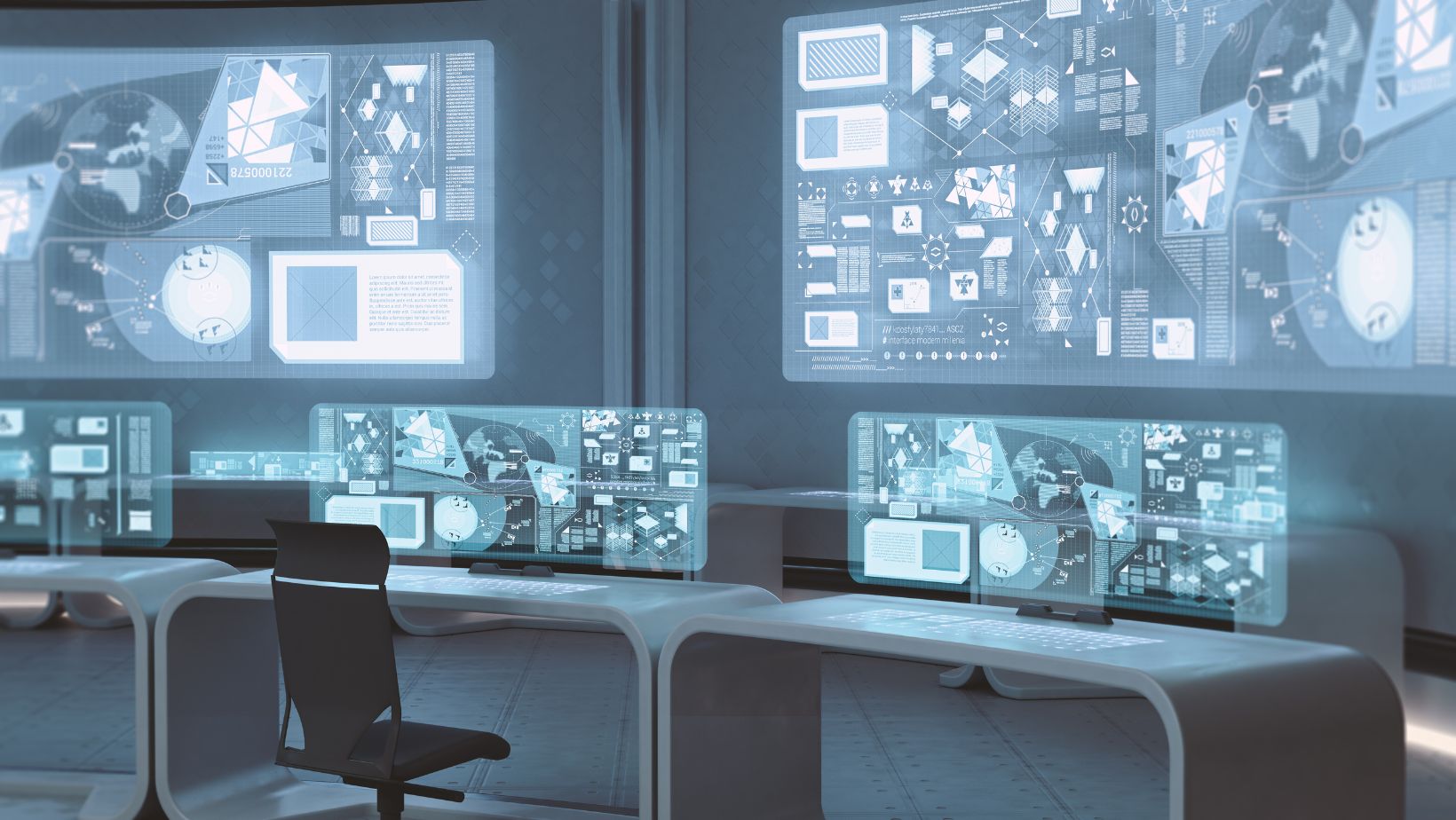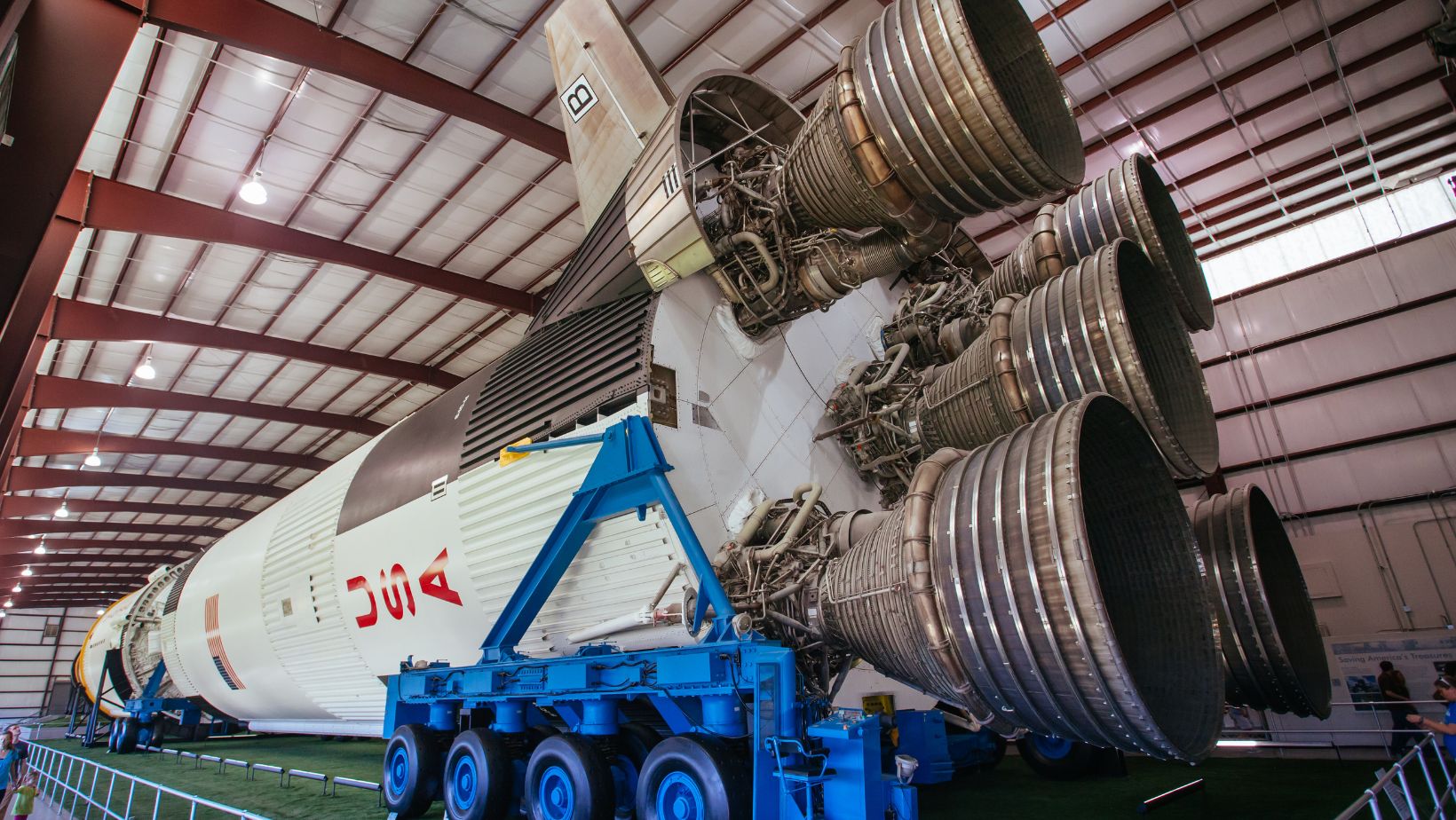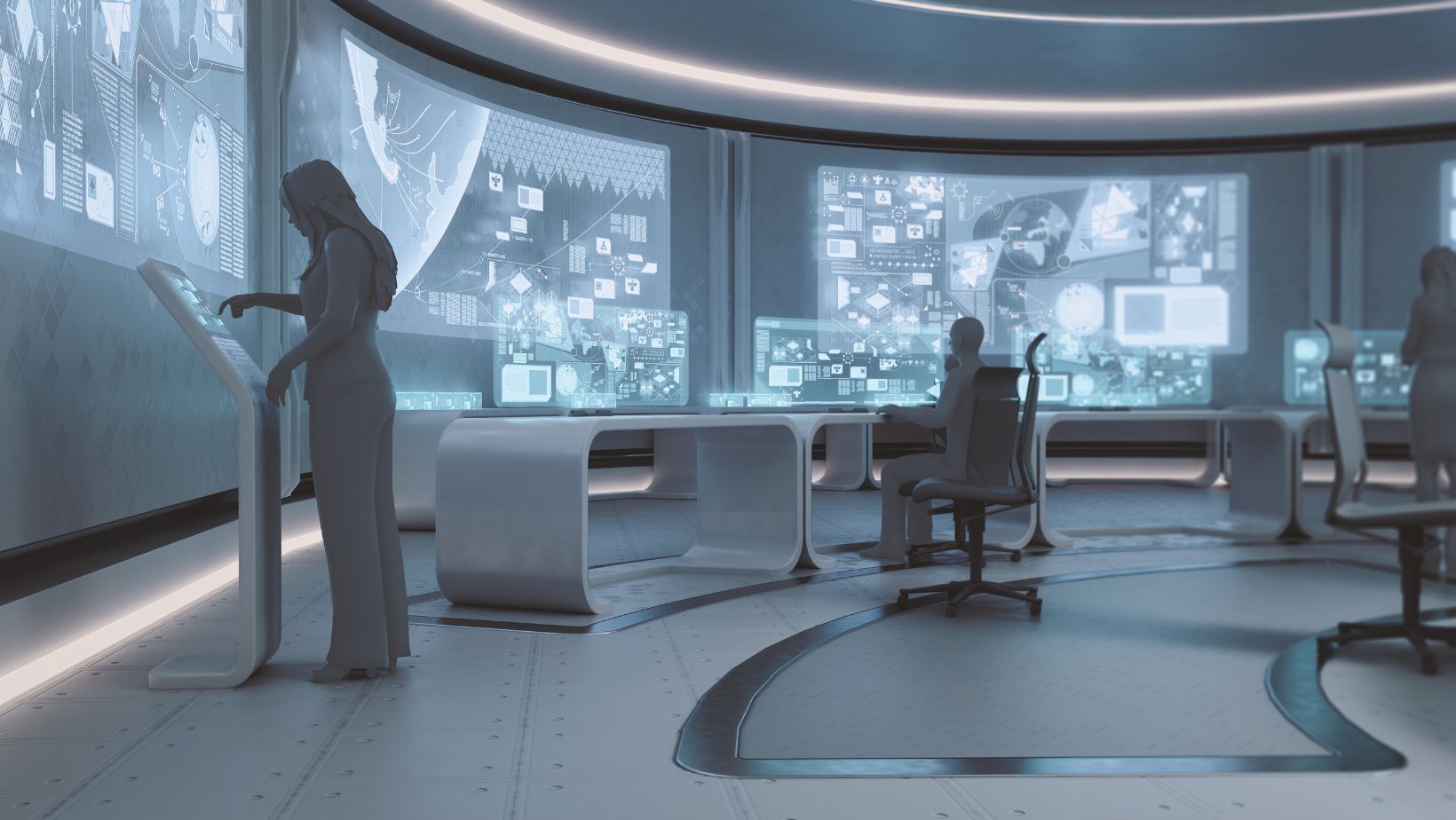
Nestled in the heart of Seattle, the Pacific Science Center stands as a beacon of exploration and discovery. With its iconic arches and vibrant exhibits, it invites visitors of all ages to dive into the wonders of science and technology. From the depths of the ocean to the far reaches of space, the center offers a journey through the mysteries and marvels of the natural world.
As a hub for innovation and education, the Pacific Science Center not only showcases interactive exhibits but also hosts a variety of programs and events that inspire curiosity and creativity.
Pacific Science Center
A Glimpse Into Its History

The Pacific Science Center stands as a beacon of knowledge and discovery in Seattle, Washington. Its inception dates back to the 1962 World’s Fair, known as the Century 21 Exposition, when it was originally constructed as the United States Science Pavilion. Designed by the renowned architect Minoru Yamasaki, who also designed the World Trade Center in New York, the Science Pavilion was one of the fair’s major attractions. After the exposition, it transitioned into the Pacific Science Center, opening its doors to the public on October 22, 1962. Since then, it has established itself as a non-profit science museum with a mission to ignite curiosity across all age groups and to foster a culture of learning through its interactive exhibits and innovative programs.
Unique Attractions and Exhibits

The Pacific Science Center captivates visitors with a diverse array of exhibits and attractions designed to explore the complexities of science and nature. Among its most celebrated features is the Tropical Butterfly House, a vibrant, immersive environment where visitors can interact with hundreds of free-flying tropical butterflies. This exhibit not only showcases the beauty and diversity of butterfly species from around the world but also offers educational insights into their life cycles and behaviors.
Another significant attraction is the Planetarium, where guests embark on stunning visual journeys through the cosmos, guided by expert astronomers.
The Pacific Science Center Experience
Interactive Exhibits

At the heart of the Pacific Science Center experience lie the interactive exhibits, designed to captivate minds and fuel curiosity across a wide range of scientific disciplines. Visitors have the opportunity to immerse themselves in hands-on activities that make complex science concepts accessible and engaging. Examples include the Living Exhibit, where guests can interact with various species and learn about ecosystems, and the Physics Exhibit, which allows exploration of physics principles through practical experiments. For younger audiences, the center has dedicated areas like the Tinker Tank, a maker space where creativity and science converge through building and experimentation.
IMAX and Planetarium Shows

The Pacific Science Center enhances the learning experience with its state-of-the-art IMAX theaters and the Willard Smith Planetarium. Offering a selection of educational and documentary films, the Boeing IMAX Theater presents science and nature topics on one of the world’s largest screens, providing an immersive viewing experience with cutting-edge technology. Similarly, the Planetarium offers a journey through the cosmos with live shows that explore constellations, planets, and other celestial phenomena, narrated by knowledgeable guides. These shows not only educate but also inspire awe, making complex space science accessible to visitors of all ages.
Supporting Science Education
The Pacific Science Center plays a pivotal role in supporting science education, emphasizing the importance of STEM subjects through various initiatives. These efforts extend beyond the physical confines of the center, demonstrating a commitment to fostering a love for science among the broader community.
Community Outreach and Partnerships

The Pacific Science Center collaborates with schools, universities, and other educational institutions to deliver science education directly to the community. These partnerships allow for the development of specialized programs that cater to the unique needs of different groups, ensuring a wide-reaching impact. For instance, the center’s Science On Wheels program brings interactive exhibits and engaging workshops directly to schools, especially those in underserved communities. This initiative not only enriches the school curriculum but also brings the excitement of discovery to students who might not have the opportunity to visit the center.
Volunteer Opportunities and Donations

Supporting the Pacific Science Center’s mission to enhance science education extends to the participation of volunteers and the generosity of donors. Volunteers play a crucial role at the center, assisting with exhibits, presentations, and educational programs. These opportunities allow volunteers to share their passion for science while gaining valuable experience in teaching and public engagement.
In addition to volunteering, financial donations significantly contribute to the center’s educational mission. Donations fund scholarships for science camps and workshops, enabling children from low-income families to participate in these enriching experiences.
